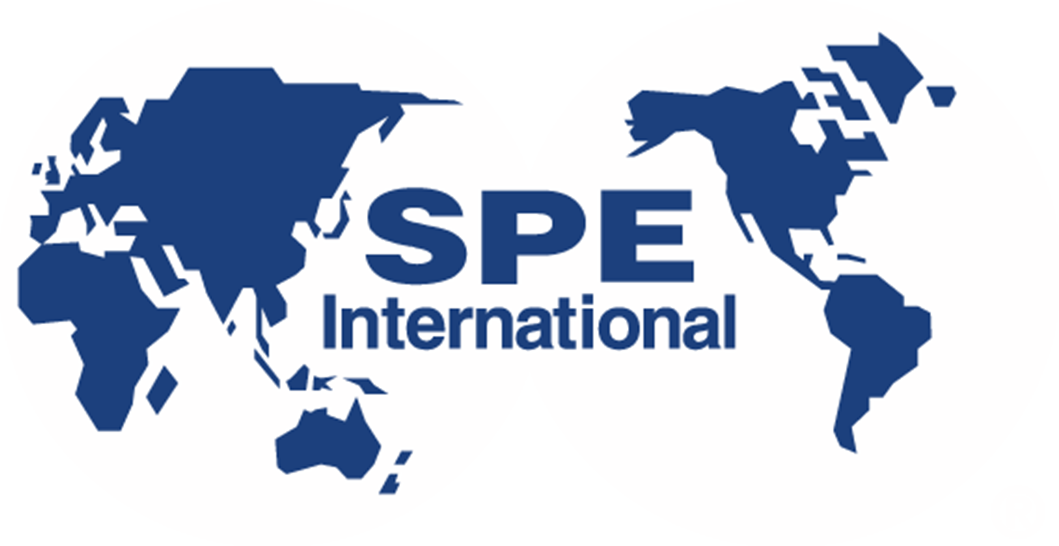Agenda
Thursday, September 15
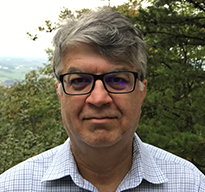
Sanjay Vitthal
Shell
Experiences in Overflushing Conventional Proppant Fracture Treatments
For decades, conventional wisdom has regarded overdisplacement of hydraulic fracturing as a major risk to well productivity/EUR. Although overflushing by 100’s of bbls is now a common practice in shale fracturing operations, many regard fracture underflush as essential while fracturing conventional reservoirs using crosslink gel. The costs/time for the cleanout of the residual proppant is regarded as a ‘necessary expense’ in order to prevent productivity loss.
In this talk, the inherent flaws in the assumptions behind the overflush paradigm are discussed and illustrated. A managed overflush process was developed based on this understanding. The process was deployed via a controlled trial in a 2-20 md oil reservoir. Crosslinked gel fracturing treatments in over 20 wells were deliberately overflushed by as much as 30 bbls. The production results and buildup were compared to the results from to neighboring underdisplaced wells. The results shown here appear to be the first systematic trial of overdisplaced versus underdisplaced well in the industry for conventional permeability reservoirs.
There have been many benefits from managed overflushing. This includes reduction in execution time/costs, improvements in safety exposure from high pressure operations, and an acceleration to first production. An unexpected benefit has been the reduction in GHG emissions due to elimination of cleanout operations. Production data shows that the overflushed wells perform at least as well as their underflushed peers and may have offer better productivity. A possible explanation will be discussed. Managed overflush is now the standard operating practice for this area. The process has been also successsfully deployed in horizontal wells and in other areas.
The technique opens up opportunities for improved economics from hydraulic fractured wells in conventional permeability reservoirs. However, the authors do not believe in, or endorse, universal application across all scenarios. The discussion will also cover the types of reservoirs in which managed overflush would be successful and also where it should be avoided.
Vincent Verlinden
Neptune
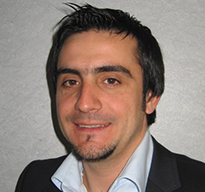
Bogdan Bocaneala
OPECS
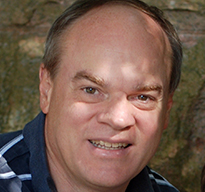
Mark Norris
OPECS
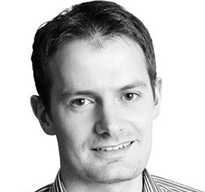
Marc Langford
Spirit Energy
Tight gas well stimulation has a long and sporadic history in the North Sea and Europe and it is still far from being an easy development option in the current economic climate. Onshore, the pause in activity in Germany continues, but there appears to a light at the end of the tunnel, after recent new legislation has been passed. In Poland and Hungary, activity has fallen sharply, but there has been renewed interest in offshore tight gas in the Dutch and UK sectors (stranded gas). In addition to new field development, there is also potential development of tight gas horizons within existing fields. The economics of such developments are much more attractive than standalone tight gas projects, although there are often operational issues that need to be considered.
This session will examine recent developments in tight gas stimulation, both onshore and offshore, and focus on case studies. The emphasis will be building on the recent experience to push the envelope of tight gas stimulation practices.
Session Includes:
10:00 - 10:30 Replacing a horizontal completion with a single frac vertical in the SNS, Mark Norris, OPECS; Marc Langford, Spirit Energy
10:30 - 11:00 Planning the First Fracced well in Cygnus Gas Field, Vincent Verlinden, Neptune; Bogdan Bocaneala, OPECS
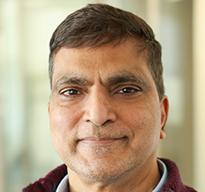
Ram Nutakki
INEOS
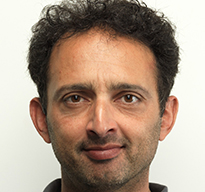
Josef Shaoul
Fenix Consulting Delft
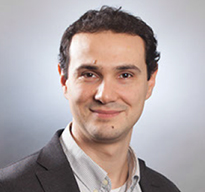
Peter Matev
One Dyas
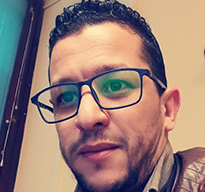
Bachir Annane
Sonatrach
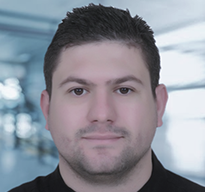
Tayeb Khetib
Schlumberger
Tight gas well stimulation has a long and sporadic history in the North Sea and Europe and it is still far from being an easy development option in the current economic climate. Onshore, the pause in activity in Germany continues, but there appears to a light at the end of the tunnel, after recent new legislation has been passed. In Poland and Hungary, activity has fallen sharply, but there has been renewed interest in offshore tight gas in the Dutch and UK sectors (stranded gas). In addition to new field development, there is also potential development of tight gas horizons within existing fields. The economics of such developments are much more attractive than standalone tight gas projects, although there are often operational issues that need to be considered.
Session Includes:
11:30 - 12:00 Fracturing Review in the Breagh Field, Ram Nutakki, INEOS; Josef Shaoul, Fenix Consulting Delft
12:00 - 12:30 Fracturing of L11-Gillian and L08D fields offshore Netherlands, Peter Matev, One Dyas; Neil Wood, One Dyas
12:30 - 13:00 Horizontal Well Stimulation Optimisation in Algeria, Bachir Annane, Sonatrach; Tayeb Khetib, Schlumberger

Mark Norris
OPECS
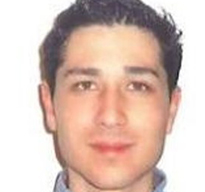
Rodrigo Ruysschaert
ConocoPhillips
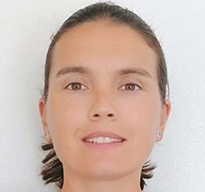
Charlotte Giraud
Schlumberger
Chalk stimulation is the most mature of all stimulation practices in the North Sea. This session will review field stimulation techniques and results from major chalk reservoirs. Different stimulation strategies have been applied, using both acid and proppant. In this session we will focus on case histories of all these different approaches.
Field design and operational issues will be discussed along with well productivity results. The discussion will also review how each operator determines the “best” stimulation technique for their reservoir.
Session Includes:
14:00 - 14:30 Acid stimulation of a UK chalk well from the Judy Platform, Mark Norris, OPECS
14:30 - 15:00 Completion and Stimulation Evolution in Greater Ekofisk Area, Max Prosvirnov, ConocoPhillips; Charlotte Giraud, Schlumberger
Bjorn Berntsen
Lime Petroleum
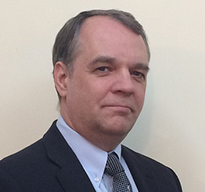
Martin Rylance
THREE60 Energy
Anastasia Bird
BP UK
This session will address new techniques and practices in the areas of stimulation in Europe for application in difficult well condition and locations, for example high pressure, high temperature and sub-sea wells. The focus will be on recent advances in fluids, equipment, and techniques applicable for these situations.
Session Includes:
15:30 - 16:00 HPHT Challenges in Subsea Fracturing - Norwegian Sea, Bjorn Berntsen, Lime Petroleum
16:00 - 16:30 Hydraulic Fracturing Thin Oil-Rims In a Mature Giant Onshore Oil Field, Martin Rylance, THREE60 Energy
16:30 - 17:00 Deepwater Subsea Stimulation in the Schiehallion Field, Anastasia Bird, BP UK
Friday, September 16
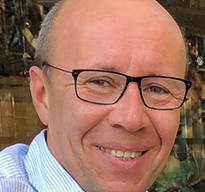
Bart Pestman
Shell NL/UK
Micheal Mezei
PackersPlus
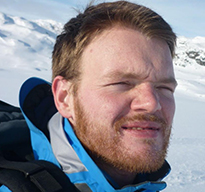
Peter Bautmans
Equinor
The biggest enabler for making offshore tight reservoir development economic has been the use of multiple zone horizontal well stimulation. The original application of this technology by Maersk in the 1980’s required the use of a rig during the entire completion and stimulation process. Recent well developments focusing on tight-gas have been done with a variety of different completion technologies, each of which has different advantages and limitations. This session will focus on case studies of wells using different completion technologies to achieve rapid multi-zone stimulation, including the use of dissolvable balls and diverting agents.
Session Includes:
09:00 - 09:30 Multi-stage Horizontal Frac Well in the Galleon Field, Southern North Sea, Bart Pestman, Shell NL/UK
09:30 - 10:00 Edmund Eswein, Schlumberger
10:00 - 10:30 Completion Challenges for Stimulation - lessons learned, Peter Bautmans, Equinor

Mark Norris
OPECS

Marc Langford
Spirit Energy
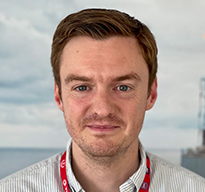
Shaun Thomson
TotalEnergies DK
Max Sørensen
Aker BP
Stimulation can be used in many different ways to maximize recovery in both new developments and existing fields. Case studies in this session will look at cases of hydraulic fracturing in situations that are not “tight” in the classical sense, but where stimulation was able to improve well and project economics by accelerating production or increasing reserves. This session will also include cases of using stimulation in mature fields to access bypassed reserves in tight formations, especially offshore.
Session Includes:
11:00 - 11:30 Coilfrac Sllows Record Setting Stimulating in Depreciated Well, Max Sørensen, Aker BP
11:30 - 12:00 Divert, Dissolve, Prevent - Unlocking Late Life Reservoir Potential, Shaun Thomson, TotalEnergies DK
12:00 - 12:30 Fracturing for injection at Mariner, Alexander Letichevskii, Equinor
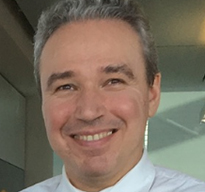
Alexandru Dragomir
OMV
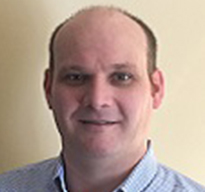
Andrew Boucher
Fenix Consulting Delft
In spite of recent problems with regulatory agencies and public opinion, there continues to be a limited amount of on-shore stimulation activity in Europe. This session focuses on case studies of recent activity.
Session Includes:
13:30 - 14:00 Hydraulic Fracturing in Tight Gas Onshore Romania – Last Experience and Lessons Learned, Alexander Dragomir, OMV
14:00 - 14:30 Fracturing in the Field, Andrew Boucher, Fenix Consulting Delft
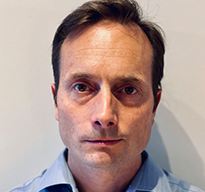
Yann Caline
Aker BP
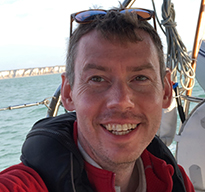
Rob Stolpman
Aker BP
Olav Selle Østgård
Equinor
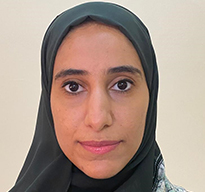
Hajir Qassabi
PDO Oman
Recent developments in the materials used for stimulation, such as proppant, fluids and completion hardware, will be covered in this session.
Session Includes:
15:00 - 15:30 Stimulation Fluid Reality Modelling and Application to STMF, Yann Caline, Aker BP; Rob Stolpman, Aker BP
15:30 - 16:00 Increased Recovery with Multilateral Stimulation Technology – Experience and Potential in the Aasgard Area, Olav Selle Østgård, Equinor
16:00 - 16:30 First Application in Oman of Single Stage Retarded Acid in Sandstone, Hajir Qassabi, PDO Oman
